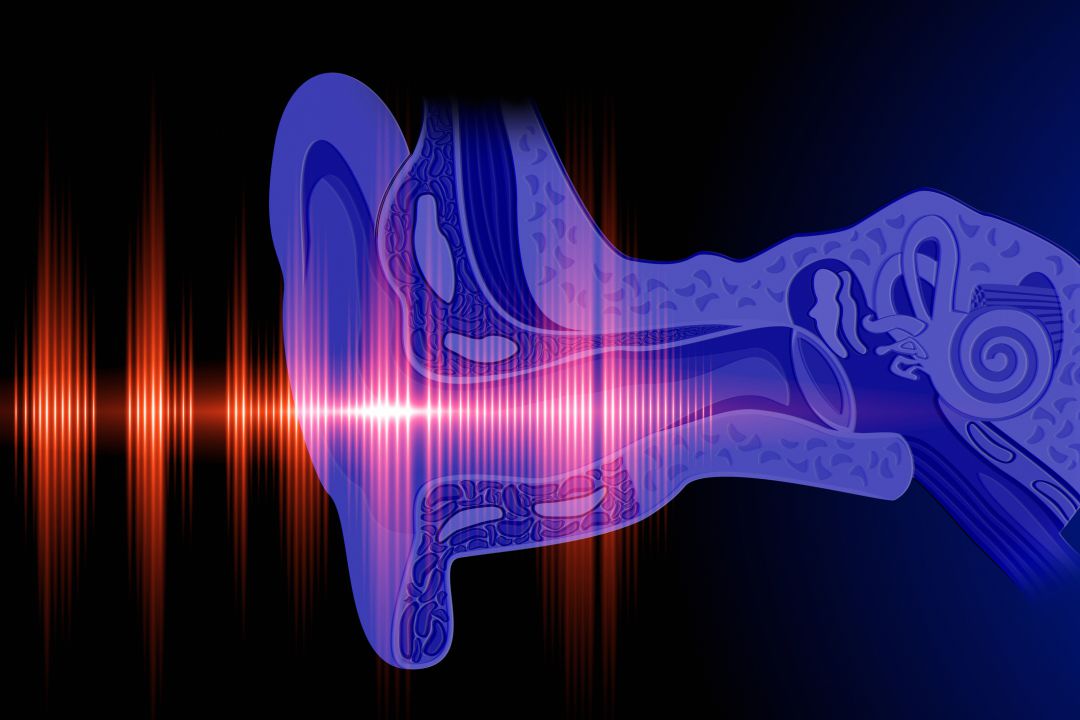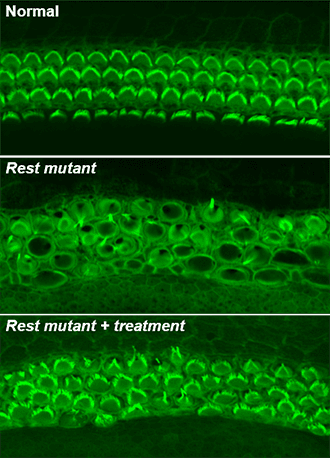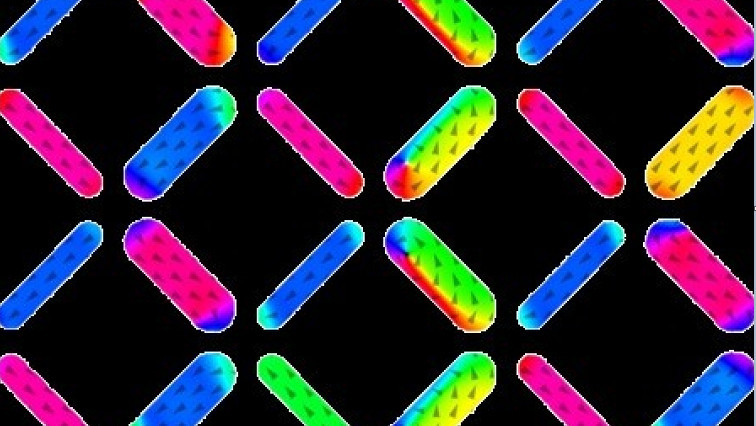
via Northwestern University
‘We have overcome a major hurdle’ to restore hearing, investigators say
Hearing loss due to aging, noise and certain cancer therapy drugs and antibiotics has been irreversible because scientists have not been able to reprogram existing cells to develop into the outer and inner ear sensory cells — essential for hearing — once they die.
But Northwestern Medicine scientists have discovered a single master gene that programs ear hair cells into either outer or inner ones, overcoming a major hurdle that had prevented the development of these cells to restore hearing, according to new research published in Nature.
“Our finding gives us the first clear cell switch to make one type versus the other,” said lead study author Jaime García-Añoveros, PhD, professor of Anesthesiology and Neuroscience and in the Ken and Ruth Davee Department of Neurology. “It will provide a previously unavailable tool to make an inner or outer hair cell. We have overcome a major hurdle.”
About 8.5 percent of adults aged 55 to 64 in the U.S. have disabling hearing loss. That increases to nearly 25 percent of those aged 65 to 74 and 50 percent of those who are 75 and older, reports the Centers for Disease Control.
Currently, scientists can produce an artificial hair cell, but it does not differentiate into an inner or outer cell, which provide different essential functions to produce hearing. The discovery is a major step towards developing these specific cells.
‘It’s like a ballet’ as cells crouch and leap
The death of outer hair cells made by the cochlea are most often the cause of deafness and hearing loss. The cells develop in the embryo and do not reproduce. The outer hair cells expand and contract in response to the pressure from sound waves and amplify sound for the inner hair cells. The inner cells transmit those vibrations to the neurons to create the sounds we hear.
“It’s like a ballet,”García-Añoveros says with awe as he describes the coordinated movement of the inner and outer cells. “The outers crouch and jump and lift the inners further into the ear. The ear is a beautiful organ. There is no other organ in a mammal where the cells are so precisely positioned. (I mean, with micrometric precision). Otherwise, hearing doesn’t occur.”
The master gene switch Northwestern scientists discovered that programs the ear hair cells is TBX2. When the gene is expressed, the cell becomes an inner hair cell. When the gene is blocked, the cell becomes an outer hair cell. The ability to produce one of these cells will require a gene cocktail, García-Añoveros said.
The ATOH1 and GF1 genes are needed to make a cochlear hair cell from a non-hair cell. Then the TBX2 would be turned on or off to produce the needed inner or outer cell.
The goal would be to reprogram supporting cells, which are latticed among the hair cells and provide them with structural support, into outer or inner hair cells.
“We can now figure out how to make specifically inner or outer hair cells and identify why the latter are more prone to dying and cause deafness,”García-Añoveros said. He stressed this research is still in the experimental stage.
Original Article: New Tool to Create Hearing Cells Lost in Aging
Also check out: Overcome: A major hurdle to the restoration of hearing
More from: Northwestern University
The Latest Updates from Bing News & Google News
Go deeper with Bing News on:
Hearing restoration
- British girl has hearing restored as first patient on new gene therapy trial
Opal, aged 18 months, was treated at Addenbrooke’s Hospital in Cambridge and now has almost normal hearing in her right ear.
- N.H. to hold hearing on Volodymyr Zhukovskyy’s request to restore his driving privileges
Volodymyr Zhukovskyy, speaking publicly Wednesday for the first time about his role in the 2019 crash that killed seven motorcyclists and revealed years of bureaucratic neglect at the Massachusetts ...
- Deafness and hearing loss: how can HR offer support?
Roughly 12 million people in the UK have hearing difficulties, according to the Royal National Institute for Deaf People (RNID).
- The 'little protein factory' that could: Regeneron gene therapy restores hearing in 2 children
If your child is in a clinical trial for what could be a groundbreaking treatment to restore hearing, as a parent, you’re going to notice the changes before a clinical investigator ever does. | If ...
- New study finds using hearing aids can reduce risk of death by nearly 25%
Researchers hope their findings will inspire action to make hearing aid devices more affordable since they can cost over $1,000 per ear.
Go deeper with Google Headlines on:
Hearing restoration
[google_news title=”” keyword=”hearing restoration” num_posts=”5″ blurb_length=”0″ show_thumb=”left”]
Go deeper with Bing News on:
Restoring hearing
- Gene-therapy leap restores baby girl's hearing
A UK girl born deaf can now hear unaided, after a groundbreaking gene-therapy treatment. Opal Sandy was treated shortly before her first birthday - and six months on, can hear sounds as soft as a ...
- N.H. to hold hearing on Volodymyr Zhukovskyy’s request to restore his driving privileges
Volodymyr Zhukovskyy, speaking publicly Wednesday for the first time about his role in the 2019 crash that killed seven motorcyclists and revealed years of bureaucratic neglect at the Massachusetts ...
- Hearing underway on Zhukovskyy's request to restore N.H. driver's license
A hearing got underway Wednesday on Volodymyr Zhukovskyy’s request to get his New Hampshire driving privileges restored.
- Full video: DMV hearing on restoring Volodymyr Zhukovskyy's driving privileges (Part 1)
Volodymyr Zhukovskyy, who was driving a truck involved in a 2019 crash that killed seven motorcyclists in Randolph, appears for a hearing on restoring his driving privileges.
- Comer cancels oversight hearing after clearing of GW encampment
House Oversight and Accountability Chairman James Comer canceled a scheduled hearing aimed at examining the local response to a pro-Palestinian encampment at George Washington University after police ...
Go deeper with Google Headlines on:
Restoring hearing
[google_news title=”” keyword=”restoring hearing” num_posts=”5″ blurb_length=”0″ show_thumb=”left”]










